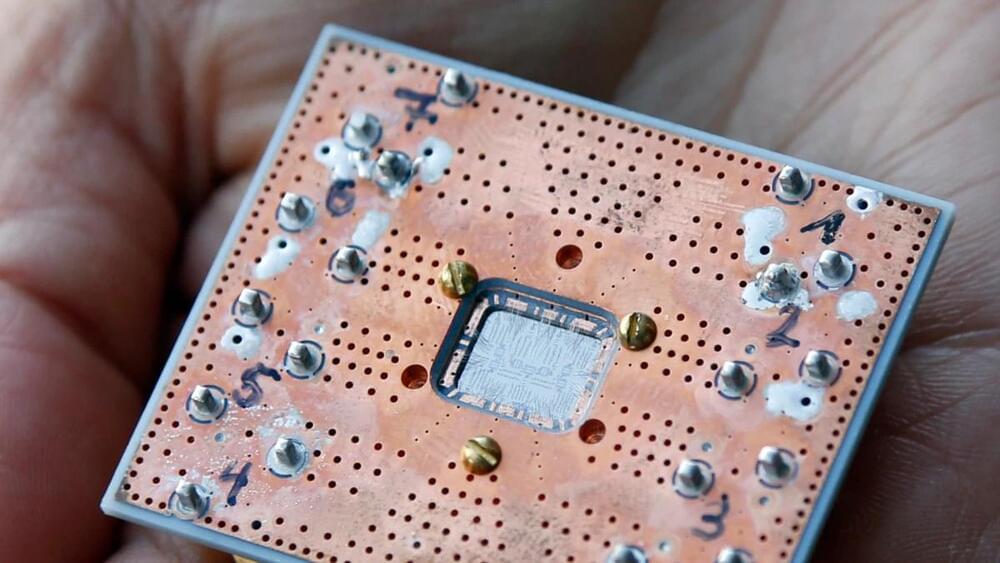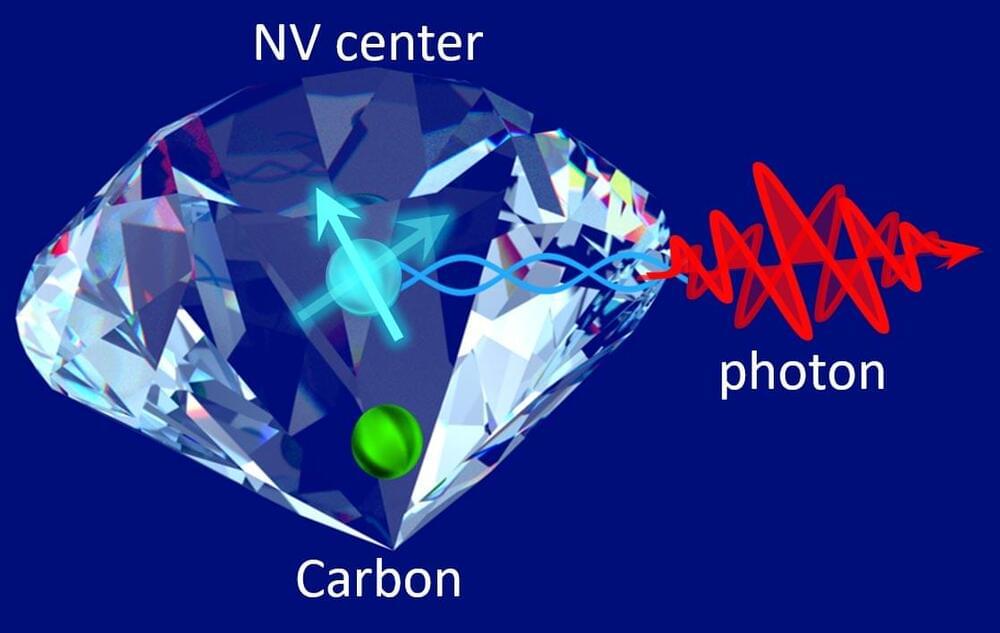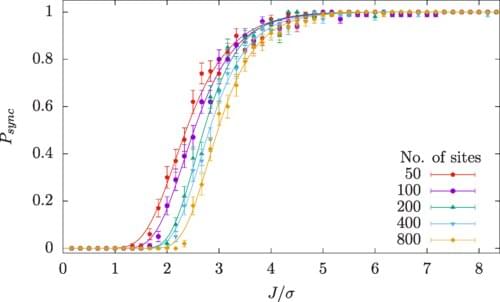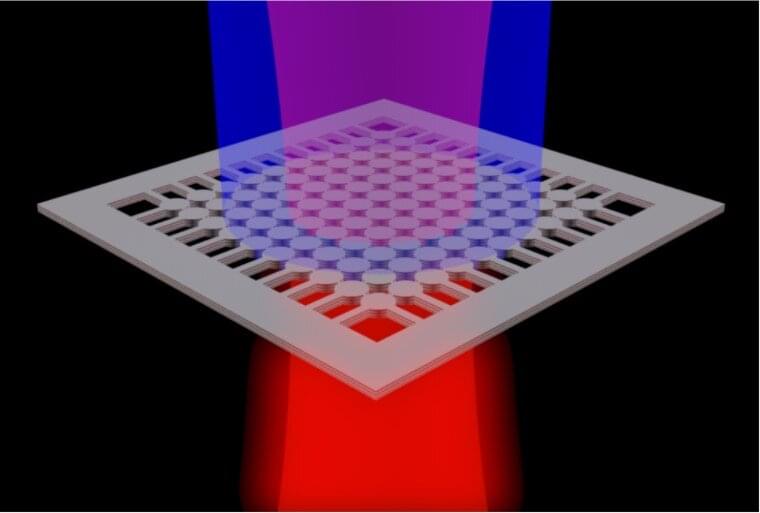No, really. Walk into any school now, and you’ll see millions of Linux machines. They’re called Chromebooks. For a free project launched 30 years ago today by one man in his spare time, it’s an amazing feat.


Physicist Max Tegmark on predictions that cannot be observed, explanation of Universe’ fine tuning, and quantum computer.
You can now become our Patron and help us communicate science to a wider audience. Support us on https://www.patreon.com/SeriousScience.
Be the first to find out about our new videos and articles. Learn interesting facts about various topics and people. Discover the answers to the big questions. Be in the know.
Follow us:
Serious Science — http://serious-science.org/videos/1435
Patreon — https://www.patreon.com/SeriousScience.
Facebook — https://www.facebook.com/serious.scie…
Twitter — https://twitter.com/scienceserious.
Instagram — https://www.instagram.com/serious.sci…
Tumblr — http://serious-science.tumblr.com/
Vk — https://vk.com/seriousscience


A widespread outage at Amazon Web Services disrupted various websites and streaming platforms Wednesday — the second AWS outage reported in recent weeks.
More than 22,000 people had reported issues with the tech giant’s cloud computing service by 10:45 a.m. Monday, according to Downdetector.
The company acknowledged it was investigating connectivity issues in Northern California and Oregon. Between 11:10 and 11:14 a.m., it said the issues had been resolved.

Flaws in diamonds — atomic defects where carbon is replaced by nitrogen or another element — may offer a close-to-perfect interface for quantum computing 0, a proposed communications exchange that promises to be faster and more secure than current methods. There’s one major problem, though: these flaws, known as diamond nitrogen-vacancy centers, are controlled via magnetic field, which is incompatible with existing quantum devices. Imagine trying to connect an Altair, an early personal computer developed in 1974, to the internet via WiFi. It’s a difficult, but not impossible task. The two technologies speak different languages, so the first step is to help translate.
Researchers at Yokohama National University have developed an interface approach to control the diamond nitrogen-vacancy centers in a way that allows direct translation to quantum devices. They published their method today (December 15, 2021) in Communications Physics.
“To realize the quantum internet, a quantum interface is required to generate remote quantum entanglement by photons, which are a quantum communication medium,” said corresponding author Hideo Kosaka, professor in the Quantum Information Research Center, Institute of Advanced Sciences and in the Department of Physics, Graduate School of Engineering, both at Yokohama National University. “.

Working with Intel, Dell has created a new laptop called Concept Luna with the aim of making future PCs easier to repair, reuse and recycle. Dell said that if it incorporated all the design ideas, it could reduce a computer’s carbon footprint by up to 50 percent compared to current laptop models.
A key feature of Concept Luna is the redesigned components and a new, more efficient layout. To start with, the motherboard is 75 percent smaller at just 5,580 square millimeters and has a 20 percent lower component count. Everything is rearranged, with the motherboard close to the top cover to expose it to a larger cooling area. It’s also separated from the battery charging unit in the base, allowing better passive cooling that could eliminate the need for a fan.
The extra efficiencies also reduce power requirements, allowing the designers to use a smaller battery with deep-cycle cells that offer a “long charge that can be maintained across many years of use, increasing refurbishment and reuse beyond the first product life it services,” Dell said.


Physicists from Trinity have unlocked the secret that explains how large groups of individual “oscillators”—from flashing fireflies to cheering crowds, and from ticking clocks to clicking metronomes—tend to synchronize when in each other’s company.
Their work, just published in the journal Physical Review Research, provides a mathematical basis for a phenomenon that has perplexed millions—their newly developed equations help explain how individual randomness seen in the natural world and in electrical and computer systems can give rise to synchronization.
We have long known that when one clock runs slightly faster than another, physically connecting them can make them tick in time. But making a large assembly of clocks synchronize in this way was thought to be much more difficult—or even impossible, if there are too many of them.

Their inner workings reside in the realm of physics, but lasers make everyday life possible. Talking on a cell phone or googling COVID stats while your apples and oranges are scanned at the checkout counter—lasers at every step.
Lasers emit intense light at specific wavelengths. At one wavelength, laser beams etch patterns on computer chips that define their circuitry. At telecom wavelengths, lasers fire the enormous volumes of data through optical fibers that make ours the information age.
In 2017, a new kind of laser invented by electrical engineer Boubacar Kante, Ph.D., was recognized as one of the breakthrough inventions of the year by Physics World. With his Bakar Fellows support, Kante is preparing to fabricate a prototype of the new laser and demonstrate its potential for a range of applications from microsurgery to satellite telemetry.
